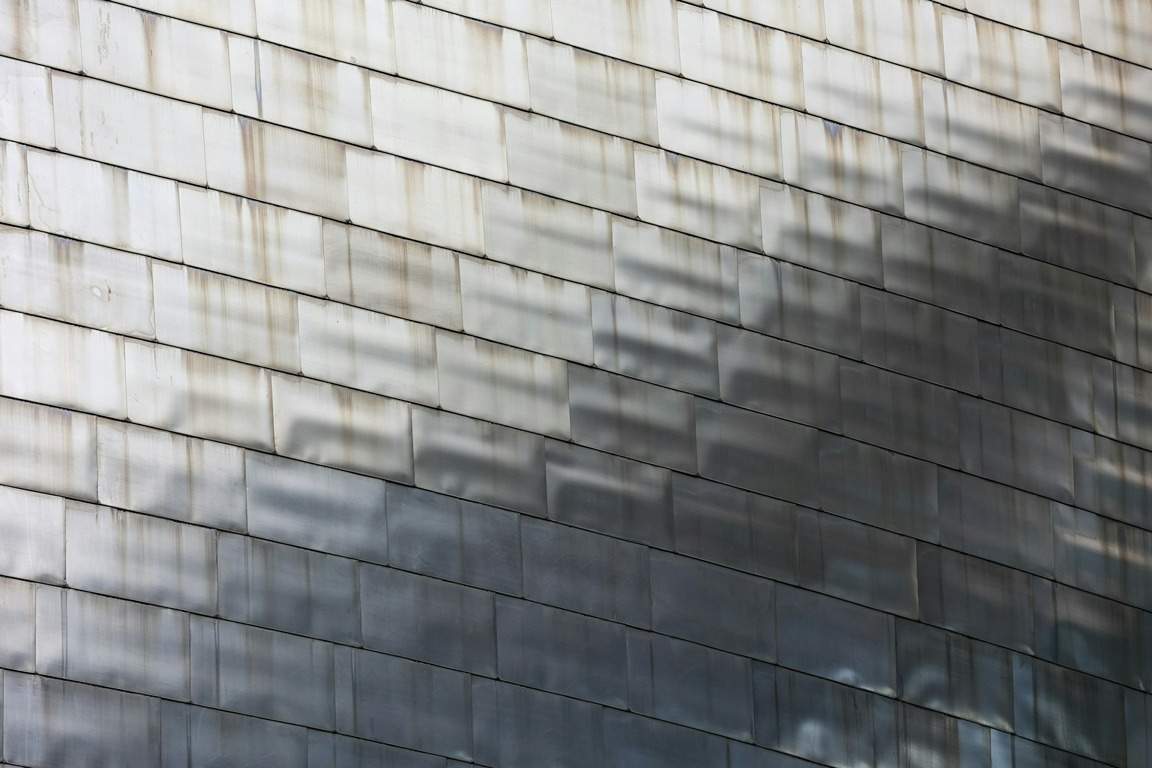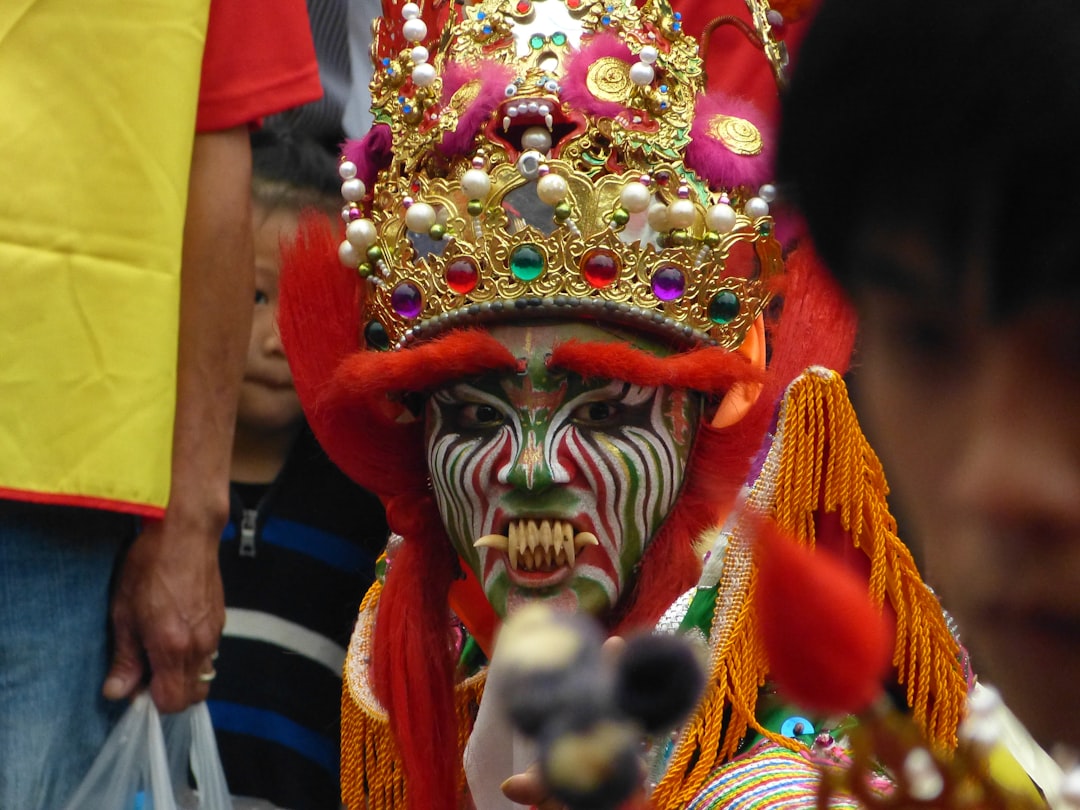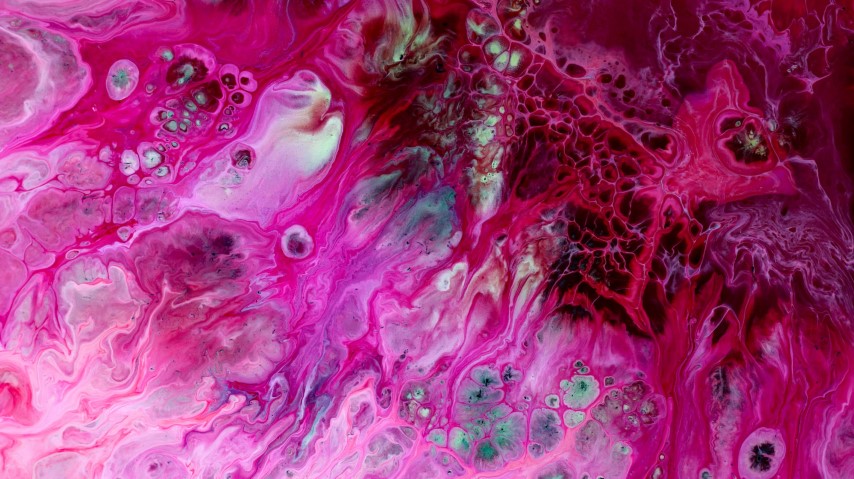The Evolution of Fashion: From Past to Present
Fashion is a form of self-expression, a way to communicate one’s identity and creativity. Over the years, fashion has evolved and transformed, reflecting the changing times and societal norms. The fascinating journey of fashion from its humble beginnings to its current state is a testament to the ever-changing nature of our world.
The history of fashion can be traced back thousands of years, with various civilizations contributing to its development. In ancient Egypt, clothing was primarily made from linen, and both men and women adorned themselves with jewelry and accessories. The Greek and Roman empires introduced draped garments and togas, respectively, while the Middle Ages saw the emergence of elaborate garments adorned with intricate embroidery and precious metals.
It was during the Renaissance period that fashion truly began to take shape as we know it today. This era witnessed a significant shift from the opulence of medieval fashion to a more refined and sophisticated style. Fashion was seen as a status symbol, and clothing became more tailored and form-fitting. The wealthy elite embraced luxurious fabrics such as velvet and silk, and elaborate ruffs and farthingales became popular.
The Industrial Revolution marked a turning point in the history of fashion. With the introduction of mass production techniques, clothing became more accessible to the general population. Ready-to-wear clothing became available, replacing the necessity of custom-made garments. This revolution gave birth to the fashion industry, with designers, manufacturers, and retailers working together to satisfy the growing demand for fashionable clothing.
As the world entered the 20th century, fashion underwent drastic changes. The roaring twenties witnessed the rise of the flapper style, with women embracing shorter hemlines, loose-fitting dresses, and daringly bold accessories. The post-war period saw a shift towards a more conservative and modest style, with the hourglass silhouette becoming popular.
The 1960s and 1970s brought a wave of revolution in fashion. As society became more liberal and progressive, clothing became a powerful tool for self-expression and countercultural movements. The hippie movement popularized bohemian styles, with bell-bottom jeans, peasant tops, and colorful prints taking center stage. The punk subculture emerged, embracing unconventional and anti-establishment fashion statements.
In recent times, fashion has become more diverse and inclusive. The internet and social media have democratized fashion, allowing individuals from all walks of life to express their unique styles. Street style and casual wear have gained prominence, with comfort and individuality taking precedence over rigid fashion rules. Sustainability has also become a significant concern, leading to the rise of eco-friendly and ethical fashion brands.
The present-day fashion industry is an amalgamation of influences from the past and present. Designers draw inspiration from various eras, reinventing classic styles while embracing contemporary trends. Haute couture continues to captivate with its avant-garde designs, while fast fashion dominates the high street, providing affordable and trendy clothing options.
As fashion evolves, it continues to reflect the ever-changing world we live in. It mirrors social and cultural shifts, responding to societal attitudes and beliefs. Fashion has the power to challenge conventions, break boundaries, and foster individuality. It is a constantly evolving art form that allows us to express our inner selves to the world.
In conclusion, the journey of fashion from its ancient origins to its present state is a testament to its transformative power. From the luxurious garments of ancient civilizations to the mass-produced clothing of the industrial revolution, fashion has evolved alongside humanity. It has adapted to societal changes, embraced diversity, and become a platform for self-expression. As fashion continues to evolve, it will undoubtedly shape the world we live in and continue to influence our sense of style and identity.















